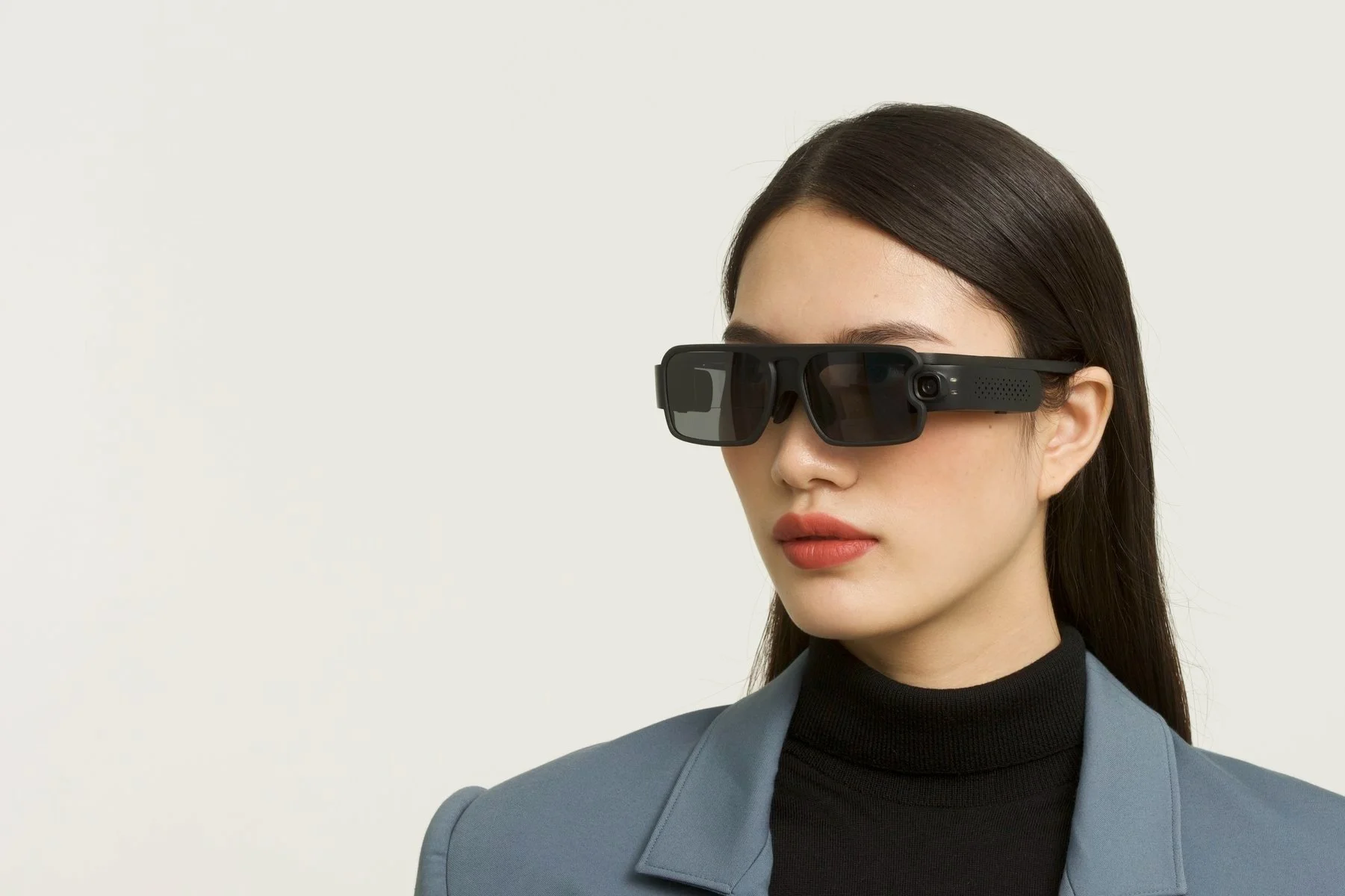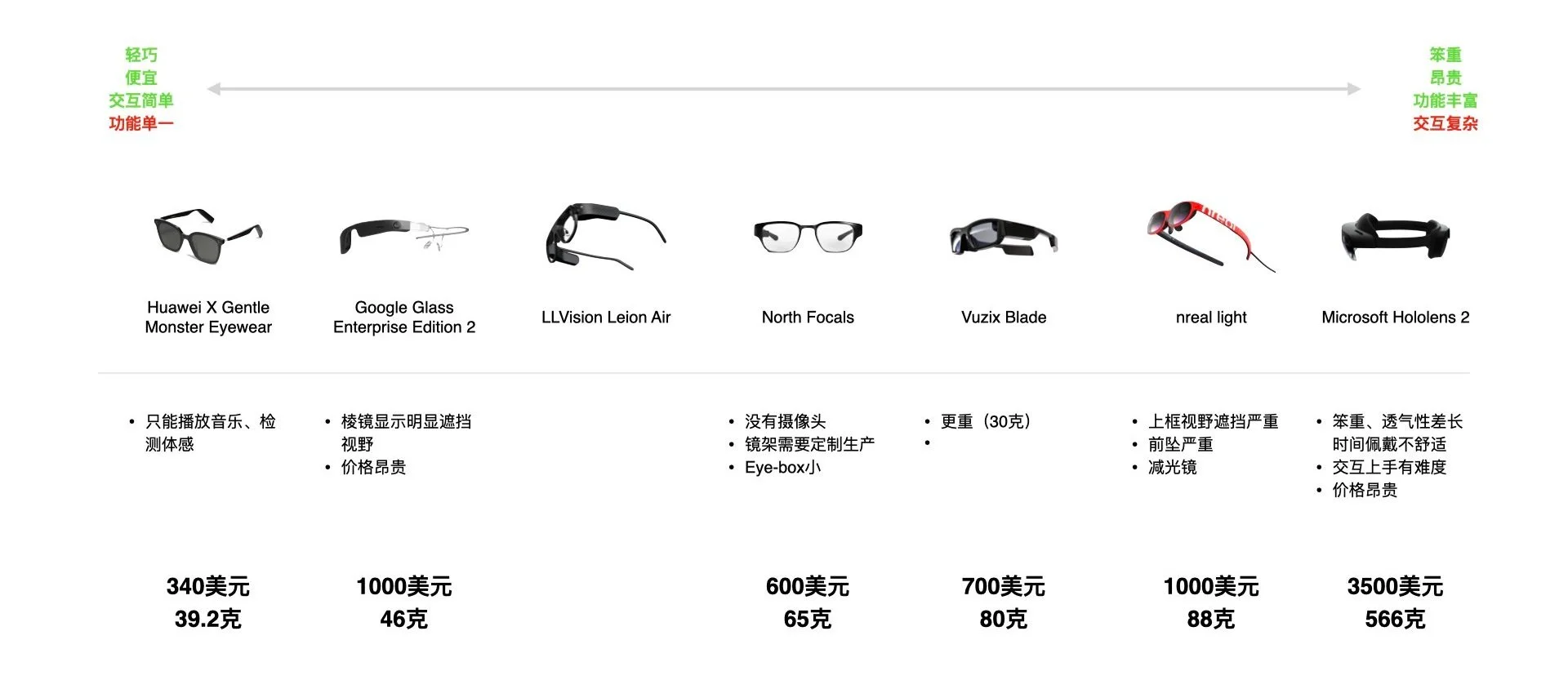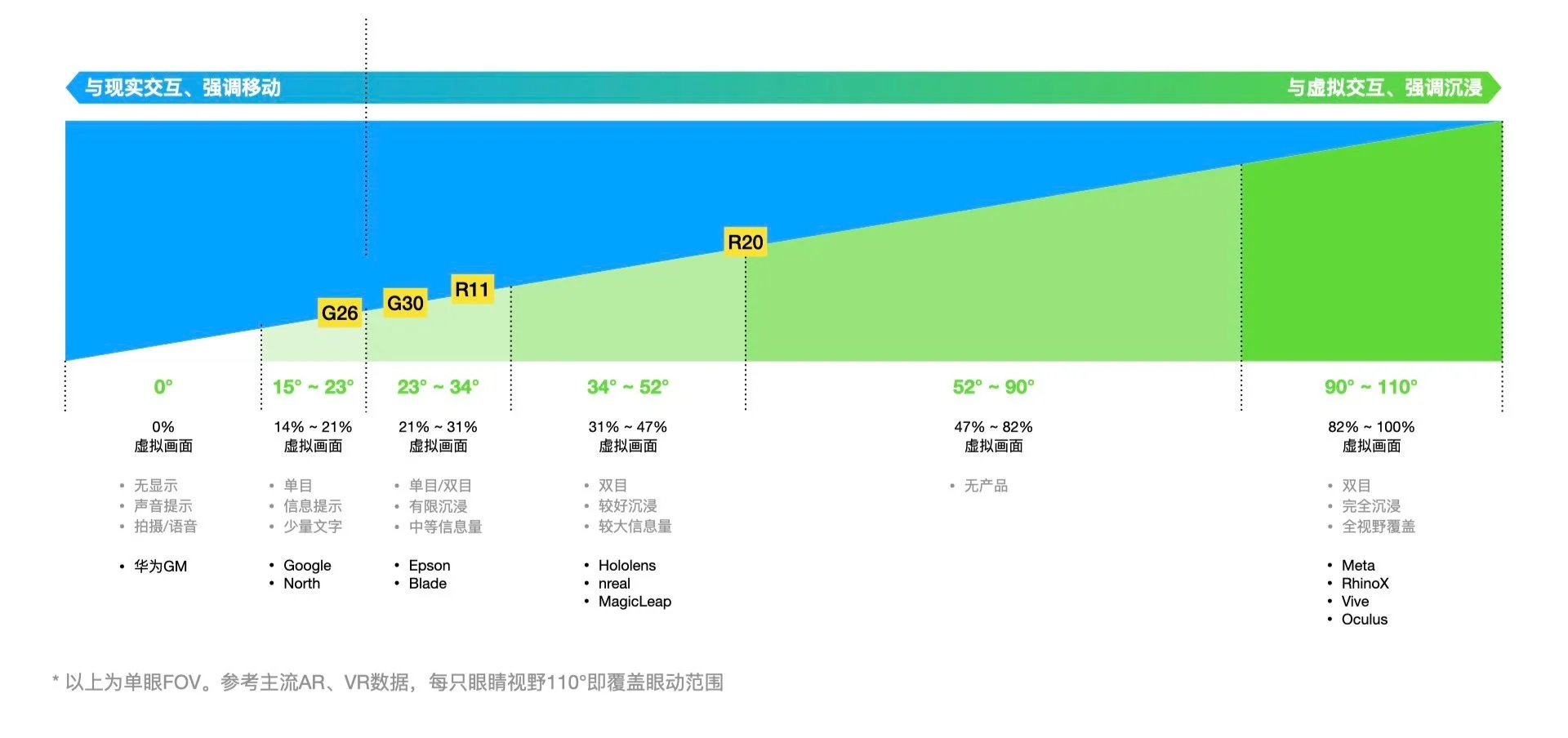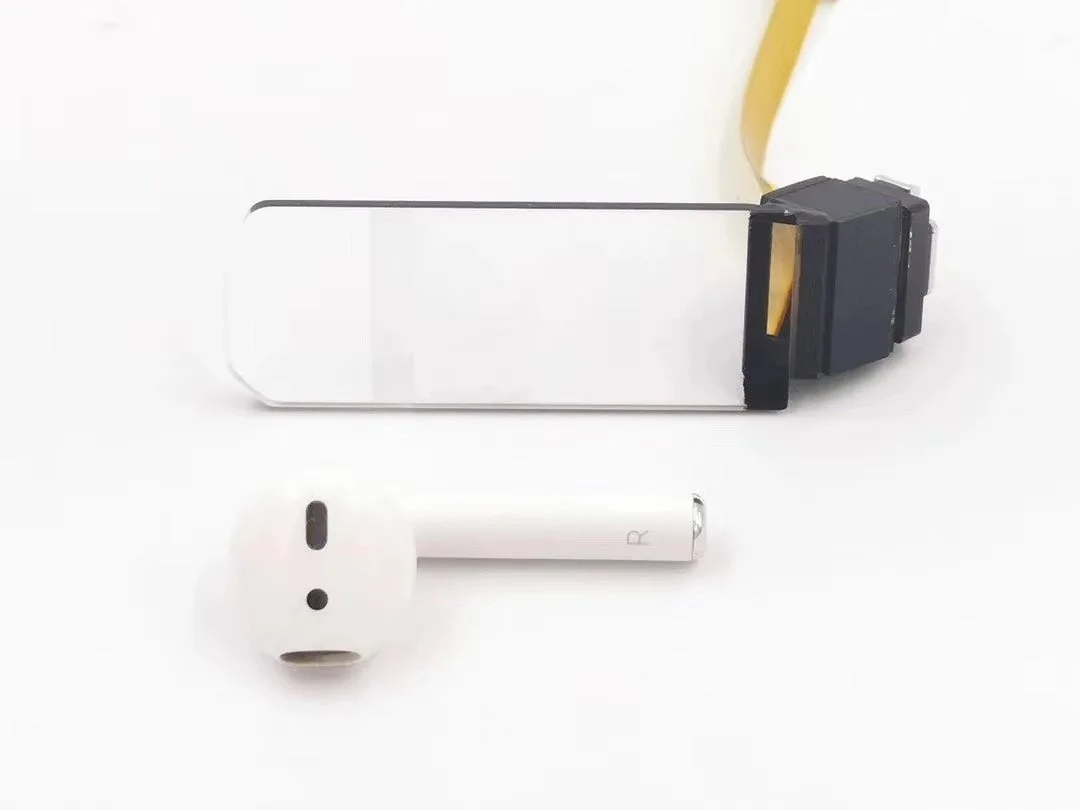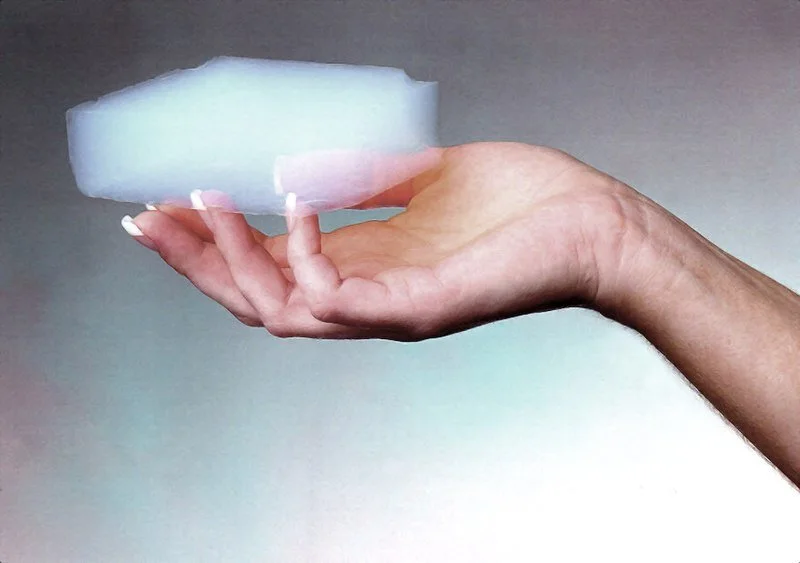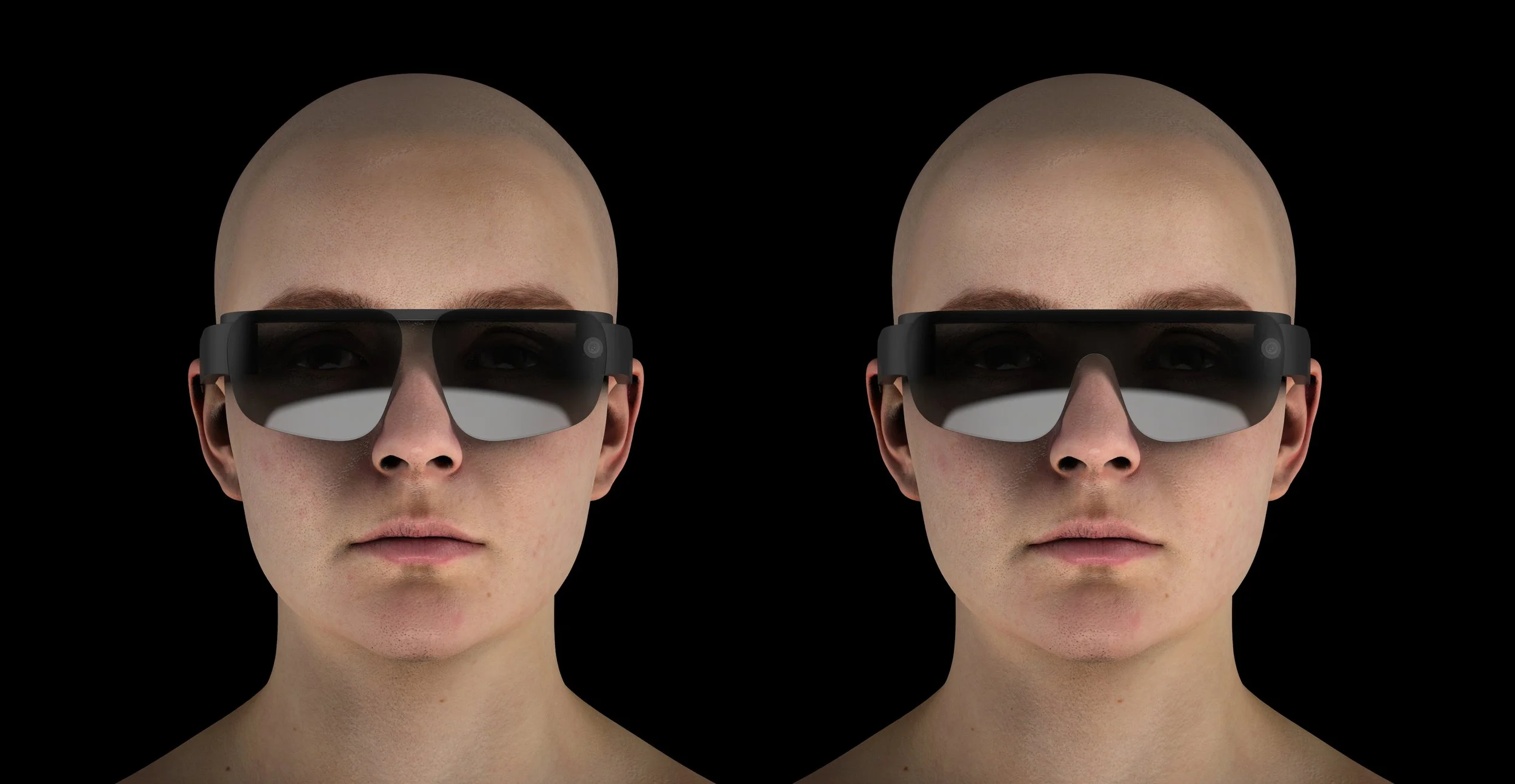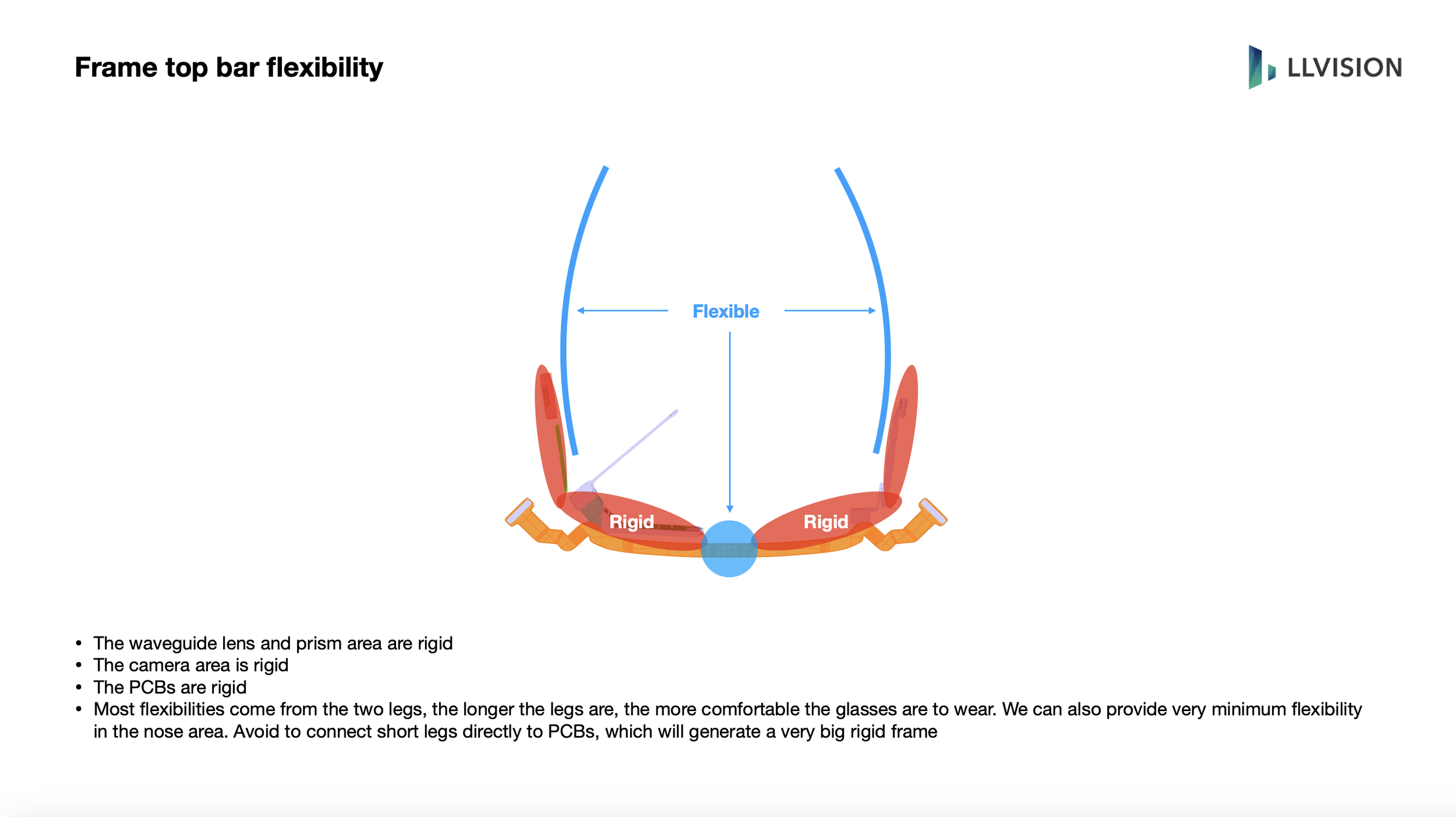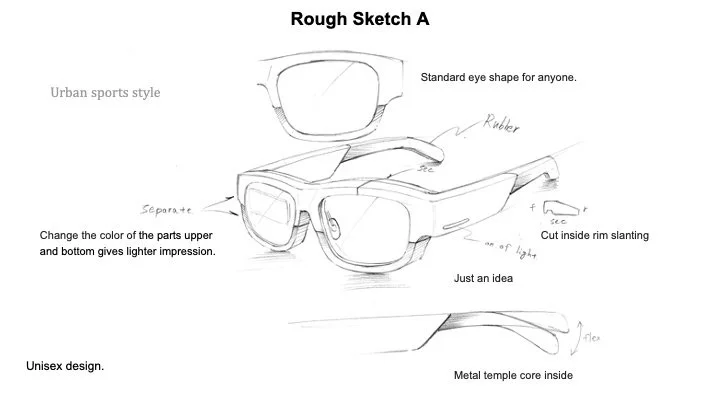LEION Air
Aug 2019 - Mar 2020
Like most augmented reality companies, we recognized the potential of optical waveguide technology early on. In 2018, we observed the rapid decline in the cost of array waveguide modules and the gradual maturation of the AR glasses market. Developing a commercially viable waveguide AR glasses became a priority.
Leion Air is a pair of Augmented Reality Glasses, it has a monocular waveguide display, artificial intelligence engine, 4K camera, speaker, microphone and IMU sensors - all these together weights only 55g, and cost only $399, which is a major breakthrough in 2019.
Leion Air is designed for enterprise users who need lightweight yet powerful AI recognition capabilities, it serves different use cases including field service and mobile surveillance, guidance information and recognition results are displayed on the waveguide lens.
Contributions
Product define, industrial designer, system architecture and software design, project management, branding and marketing
Design&Developing Tools
Rihnoceros, CATIA, Adobe Photoshop, Xmind, Keynote
Early Analysis
When initiating the LEION Air project, we had already gained a comprehensive understanding of the AR enterprise market and had established mature software platforms in fields like field service and surveillance. The key objectives for the development of this product included strengthening our existing market presence with a competitive new hardware platform, expanding into new markets, further building our brand reputation, and improving the construction of the waveguide technology supply chain.
Additionally, we noticed that users were clearly dissatisfied with the common issues of AR glasses at the time, such as bulkiness, obstructed views, limited performance, odd appearance, and high costs. With the use of waveguide displays, edge AI, and the latest industrial design solutions, we were confident in our ability to address these issues.
After thorough analysis, we decided to define LEION Air around the following three principles: lightweight, user-friendly, and affordable. It will meet performance standards while offering better usability and a lower price, making it more "accessible" than other AR glasses.
Form Factor
In 2019, it was still impossible to fit a platform capable of running high-quality industry applications into compact AR glasses. Therefore, we retained the tethered design, allowing the AR glasses to connect to a smartphone via a USB cable. The smartphone provided Android software resources, basic computing power, power supply, and storage, while the AR glasses handled visual and audio perception, sensor data collection, and display and sound playback.
Additionally, we noticed an important trend: significant advancements in hardware stacking design allowed the electronic components of AR glasses to be more cleverly concealed within the frame, making them closer in size to regular glasses. One major advantage of AR glasses resembling ordinary glasses is that it brings ample human-centered design, effectively bridging the gap between technology and users.
Based on the above principles and the ergonomic experience accumulated from previous products, we first completed the hardware stacking design for LEION Air. Considering the similar application scenarios with non-see-through free-form display AR glasses, the high costs associated with binocular fusion technology, and the unlikelihood of immersive AR solutions becoming widespread in industrial applications within the next two years, we opted to place the binocular display in front of the right eye. The AR display remains off by default, presenting a transparent state to conserve power, and only activates when notifications or ongoing tasks require it.
Another reason we adopted this design was to reduce costs. By analyzing the price trends of AR glasses over the past decade, we believe that within one year of the product's launch, the price of AR glasses could quickly drop below $500—lower than most flagship smartphones. Products with a smaller field of view, without complex manufacturing processes, and that can fully leverage the well-established supply chain of the traditional eyewear industry will be more likely to achieve this price target.
Display Module
While the AR industry is racing to achieve a larger Field of View (FOV), we have made a conscious effort to remain grounded. Although a larger FOV can display more content and significantly impact the user's purchase decision due to its visual appeal, it also presents a clear drawback: with limited cognitive bandwidth, if users allocate too much attention to virtual content, their ability to interact with the real world diminishes, leading to reduced product mobility. In our target scenarios, the true value of the product is realized by its ability to be used in as many situations as possible.
Another consideration in defining the display module specifications comes from a technical perspective. Compared to other optical solutions, array waveguide technology offers the following advantages:
Compared to the previous generation of prism-based optical displays, it can expand the FOV by approximately 30% with similar volume and weight.
The optical transmittance is significantly higher than other solutions, exceeding 85%, meeting standards like QBT2457-2003, ANSI Z80.3-2001, and EN 1836:2005, ensuring the product can be safely used at night or in other low-light environments.
When the FOV does not exceed 30°, the volume of the glass material light engine does not increase dramatically with a larger FOV, meaning AR glasses using diffraction waveguide technology do not have a size and weight disadvantage. However, in the coming years, diffraction waveguide solutions will still face challenges such as low product yield, low optical efficiency, poor display color reproduction, and thicker lenses (resulting in more light refraction and heavier lenses).
The production and manufacturing process of waveguide modules is similar to that of chip wafers; as the cost of the motherboard remains constant, the more modules cut from it, the lower the cost per module.
Based on a comprehensive consideration of market and technical factors, we ultimately set the display FOV of the LEION Air's waveguide module at 23° (diagonal). This size is sufficient to clearly display field service work orders and AI recognition results while also keeping the size of the light engine to a minimum. The final weight of the waveguide module is 9 grams, with dimensions similar to those of a Bluetooth earbud.
The characteristics of waveguide technology also solidified our decision to design the product in the form of glasses, differentiating it from headband products. For a near-eye display system, achieving the same FOV with a headband design that offers a greater eye relief distance would require a substantial increase in the size of both the lens and the light engine, which is not a strength of array waveguide technology. This makes the glasses form factor a more optimal choice for maintaining compactness while delivering the desired performance.
We minimized the non-display areas on the lens as much as possible, reducing its volume, weight, and manufacturing costs. Additionally, we applied an anti-glare coating to the edges of the lens, significantly alleviating the sense of visual obstruction caused by edge flare.
Heat Isolation
For a considerable period, the performance of the chips used in AR glasses has been limited by the device's thermal management. However, as application scenarios have become more diverse, we realized that traditional wearable platforms could no longer meet future demands. After deciding to use the more powerful Intel® Movidius™ Myriad™ X Vision Processing Unit (VPU), we had to address the "hot face problem."
Relying solely on the AR glasses' ABS plastic casing for insulation was far from sufficient, and traditional aluminum heat sinks were too bulky and heavy. Just when we were at a loss, the emergence of a new material, aerogel, caught our attention. This lightweight, insulating, and heat-resistant material is almost the perfect thermal barrier! After all, we only need to ensure that heat is not transferred to areas of the device that come into contact with the user's face and fingers. Slightly higher temperatures in the heat dissipation area do not affect the product's usability.
Ultimately, we achieved thermal insulation by applying a 0.3mm thick aerogel film to the inside of the casing at the temple area of the frame, which barely add any weight to the product. Even after half an hour of continuous use, the temperature inside and outside the temple area had not reached equilibrium, with the internal temperature remaining well below the industry standard of 45°C.
lightweight V.S. Aesthetics
While we aimed to give LEION Air a classic eyewear look, we faced a significant design challenge: incorporating traditional design elements would have added more than 20 grams to the product. To overcome this, we've had to reimagine the lens protection and frame profile.
Later, we found inspiration in Lindberg's "Shades of Lindberg" series, a renowned eyewear collection. This series employs a minimalist design language that accommodates a variety of lens shapes. This simple and linear design aesthetic is highly conducive to miniaturizing our electronic modules.
We subsequently experimented with various shapes and sizes of sunglasses, clear-lens glasses, nose pads, and temple pieces based on this design. The overall results were very promising.
Therefore, we shifted our focus to designing a minimalist yet functional appearance based on a minimal hardware stack. We opted for a magnesium-lithium alloy for the top bar due to its excellent rigidity and lightweight properties. The PCBs, USB port, camera, and display modules on both sides are encased in ABS. These electronic components form a simple "U" shape, upon which we will design our wearing solution.
Final Detailing
As mentioned earlier, LEION Air's large U-shaped front frame is entirely rigid, posing a significant challenge for comfortable wear. After conducting research on the head sizes and shapes of our target demographic, we determined the optimal opening size for the U-shaped front frame and the product's overall shape. Subsequently, we focused our ergonomic optimizations on the nose pads and temple pieces.
Finally, we worked closely with mechanical team to figure out all the engineering issues, then accomplish surfacing, parting lines and CMF together.
